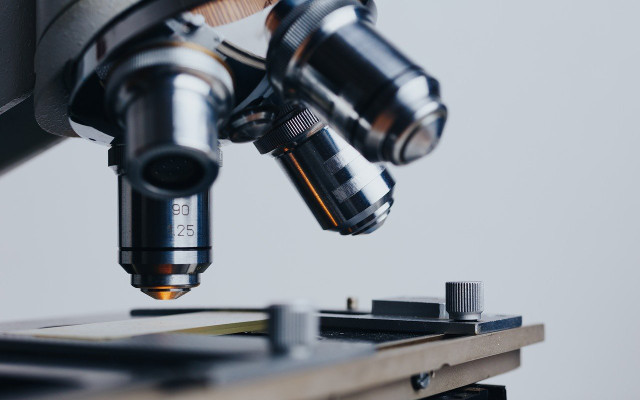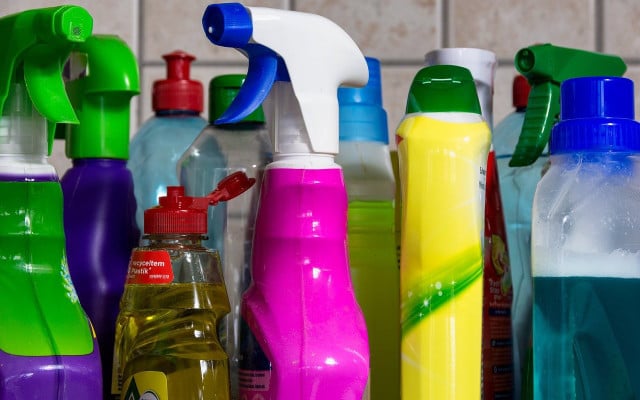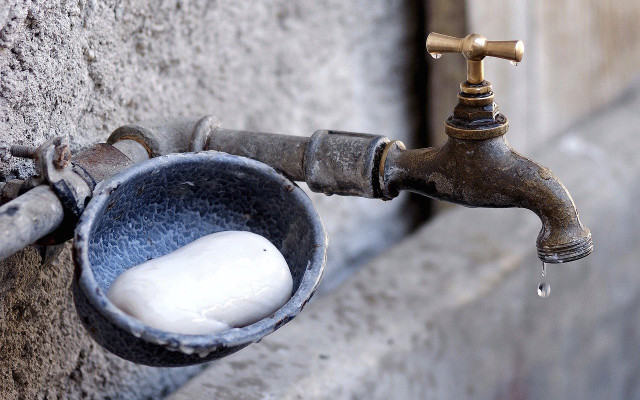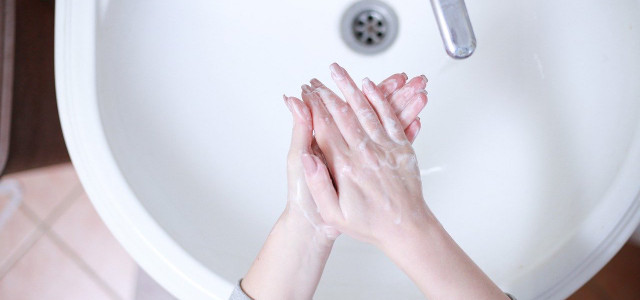We’ll help you recognize which products are effective against COVID-19. If you don’t have access to store-bought hand sanitizers or disinfectant sprays, don’t worry: You can stay germ-free without them, too.
By now, you’ve heard it over and over from all directions: we are living in unprecedented times. But is that really true? A global epidemic may be unprecedented for the postmodern era, but epidemics have plagued humankind since the moment we began living in permanent settlements.
What does make this go-round different is that we are now better equipped than ever to fight disease. Modern biochemistry, and in particular the recognition and understanding of viruses that it now includes, puts us in a much better position to combat the pathogenic threat the world is currently facing: COVID-19, or novel coronavirus.
In this article, we will help you put that scientific understanding to good use, so you can make informed decisions about how to effectively clean your hands and disinfect your home.
The Structure of Coronavirus

Before we get into the best ways to destroy COVID-19, let’s talk a little but about the structure of this virus.
Viruses are weird things. Neither truly alive nor truly dead, all viruses are made up of a few strands of DNA or RNA, packaged in a protein shell called a capsid.
Capsids come in a different shapes, and sometimes, in a particular category of viruses, that capsid is surrounded by an outer fatty membrane, called a viral envelope. The shapes of capsids and envelopes determine how a virus enters your body’s cells.
Here comes the good news: coronaviruses, like COVID-19, are enveloped viruses. Why is that good? Because enveloped viruses can’t survive without their outer fatty layer, which just so happens to be eminently susceptible to destruction by things like soap, hand sanitizers, and disinfectants.
What Products Are Effective Against COVID-19



Even though COVID-19 is vulnerable to cleaning agents, not all products were created equal. Here are some tips for what to look for when trying to choose:
- According to the Center for Disease Control (CDC) guidelines, only hand sanitizers that contain 60% ethanol or 70% isopropanol (both are forms of alcohol) have been shown to be effective against coronaviruses. This is also the reason why you shouldn’t try to disinfect anything using vodka or another form of distilled alcohol: the alcohol content is not high enough to dissolve that outer fatty membrane.
- Read labels carefully. Upon closer examination, “kills 99% of most illness-causing germs” turns out to be an exceptionally vague statement. To be absolutely sure whether or not any cleaning product is effective against COVID-19, find the EPA registration number on the package and check if it’s included on this list.
- Don’t make your own hand sanitizer. We love a good DIY project as much as you do, but this is not the time. Why not? Because neither you, nor your grandma, nor the internet knows how to make hand sanitizer that is safe and stable. Most likely, your homemade hand sanitizer will give you nothing but a false sense of security. A better solution? Go old school and just wash your hands (see below).
- Making your own hand sanitizer is a bad idea, but making your own disinfectant spray for surfaces gets the green light. Of the options listed by the CDC, making a solution with water and at least 70% rubbing alcohol is the safest and least toxic. Undiluted hydrogen peroxide is also effective against COVID-19, but it will discolor fabrics. No matter what, never mix two cleaning products and always check to make sure your cleaning agent will not do damage to the surface you are trying to clean before you start disinfecting.
Warning: Neither white vinegar nor lemon juice are effective at destroying COVID-19. While it is true that acetic acid in vinegar and citric acid in lemons are EPA- registered active ingredients against coronaviruses, normal white vinegar and the juice squeezed from a lemon do not have the proper concentration and pH to kill viruses.
Proper Cleaning Technique
- Clean any surface with detergent or soap and water before disinfecting.
- Carefully follow the directions on the label of your cleaning product. Often, simply spraying and wiping won’t cut it. For example, alcohol-based cleaners must be allowed to sit on the surface for at least 30 seconds; hydrogen peroxide must be left for a full minute.
- Do not use any cleaning products meant for surfaces on your body: just because it doesn’t damage your countertop doesn’t mean it is ok to put on your skin.
Soap and Water: Washing Your Hands



Right now, many people are having a difficult time buying hand sanitizer and cleaning products for their homes. Luckily, it turns out that washing your hands with good old soap and water is just as effective against coronavirus as using proper hand sanitizer, and frequent hand washing will help mitigate the lack of other cleaning products. The CDC recommends the following steps for proper hand-washing:
- Wet your hands with clean, running water (warm or cold), turn off the tap, and apply soap.
- Lather your hands by rubbing them together with the soap. Lather the backs of your hands, between your fingers, and under your nails.
- Scrub your hands for at least 20 seconds.
- Rinse your hands well under clean, running water.
- Dry your hands using a clean towel or air dry them.
Tip: Frequent washing and/or disinfecting your hands can cause your skin to dry out. Be sure to moisturize regularly, to prevent chapped skin.
More Information: Hand Washing Steps: Doing It Right
Resources:
- Center for Disease Control: Hand Sanitizer vs Soap and Water
- Center for Disease Control: Protect Yourself
- Center for Disease Control: Guidelines for Cleaning and Disinfecting
Important Information regarding Health-related Topics.
** Links to retailers marked with ** or underlined orange are partially partner links: If you buy here, you actively support Utopia.org, because we will receive a small part of the sales proceeds. More info.Do you like this post?






